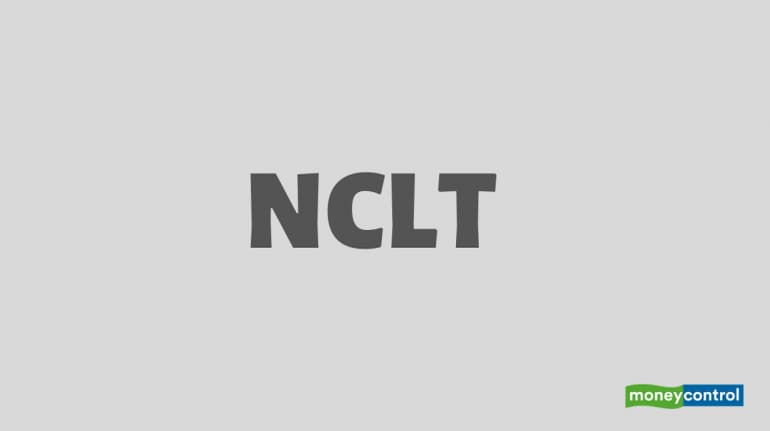



Banks and other financial creditors recovered Rs 13,706.32 crore from six of the large assets referred for resolution under the Insolvency and Bankruptcy Code (IBC) between June 2020 and June 2021, showed data released by the Insolvency and Bankruptcy Board of India (IBBI).
One of these assets is Videocon Industries consolidated with its 12 related entities from which lenders are expected to recover Rs 2,962 crore.
However, of the few cases that were resolved, banks had to take an average haircut of 60 percent. This means that they got back only Rs 40 for every Rs 100 that they had lent.
The IBC, 2016, is one of the important means of resolution of large non-performing assets (NPAs) by banks and other financial creditors. An NPA is a loan that has remained unpaid for over 90 days. In FY21, the Insolvency and Bankruptcy Board of India (IBBI) had suspended initiation of insolvency proceedings against firms that default during the 12-month period starting on March 25, 2020.
This amendment and the disruptions from the lockdown resulted in only 499 new cases being admitted to the National Company Law Tribunal (NCLT) in FY21 as against 1,978 in FY20, Kotak Institutional Equities said in a recent note. The trend of liquidations being higher than the number of successful resolutions continued into FY21. Of the 2,653 cases which were closed till March 2021, only 13 percent were resolved while 48 percent faced liquidation, Kotak Institutional Equities said.
Liquidation is the process of ending a company by selling its assets piecemeal and it typically takes up to five years to complete. A successful resolution generally involves a new buyer taking charge of the company that has turned bankrupt.
A closer look at the data put out by the IBBI suggests that recent resolutions have yielded far below the average 40 percent for lenders. The average is skewed by good recoveries from large NPAs that had been sent to court in 2017 under the Reserve Bank of India’s instructions. For instance, from the first 12 companies that banks had referred to NCLT under the RBI’s directions, Jaypee Infratech resulted in a full recovery and Essar Steel saw an 83 percent recovery.
Assets taken to court later have not done equally well for banks. Videocon Industries, which was part of the RBI’s second list of assets for IBC resolution, has resulted in a recovery of only 4.6 percent of what banks had lent. Reliance Infratel, which was resolved in the October-December quarter of FY21, yielded just 10.32 percent for financial creditors.
While the IBBI has said on many occasions that the IBC should be seen as a tool for resolution and not recovery, in recent years banks have come to rely quite heavily on the law for recovery. The report by Kotak Institutional Equities said that out of the total admitted cases till FY21, around 57 percent were admitted during FY20 and FY21. “This was an important outcome as financial creditors still continue to use IBC as a framework of resolution,” the broking firm said, adding, “This reflects the increasing pivotal role played by this body in resolution of stressed assets despite the introduction of a new circular from RBI in June 2019 which removed a clause that made it mandatory for cases to be admitted to IBC.”
The poor recoveries from IBC cases could be a reflection on the quality of the assets, said legal experts. “The returns are primarily based on asset quality; as we have also seen banks recovering their entire debts with certain companies. Asset quality thus is one of the primary factors which is to be considered to ascertain what quantum of recovery can be expected,” said Nakul Sachdeva, partner, L&L Partners. The time period within which the money is paid is also an important factor to be considered.
Sachdeva said that though the returns from IBC may not be very high or optimum, returns in most cases are higher than the liquidation value, or the amount that banks would recover in case the companies went into liquidation.
Analysts expect a ramp-up in the number of cases being admitted in FY22 because the temporary suspension of IBC has been lifted. In this scenario, a key factor will be the Supreme Court’s clarification on promoter guarantees, Sachdeva said. On May 21, the apex court upheld a 2019 government notification and paved the way for banks to file personal bankruptcies against promoters whose companies are being resolved under the IBC. If lenders are able to do that, there might be scope for fresh recoveries from some large accounts.
Discover the latest Business News, Sensex, and Nifty updates. Obtain Personal Finance insights, tax queries, and expert opinions on Moneycontrol or download the Moneycontrol App to stay updated!
Find the best of Al News in one place, specially curated for you every weekend.
Stay on top of the latest tech trends and biggest startup news.